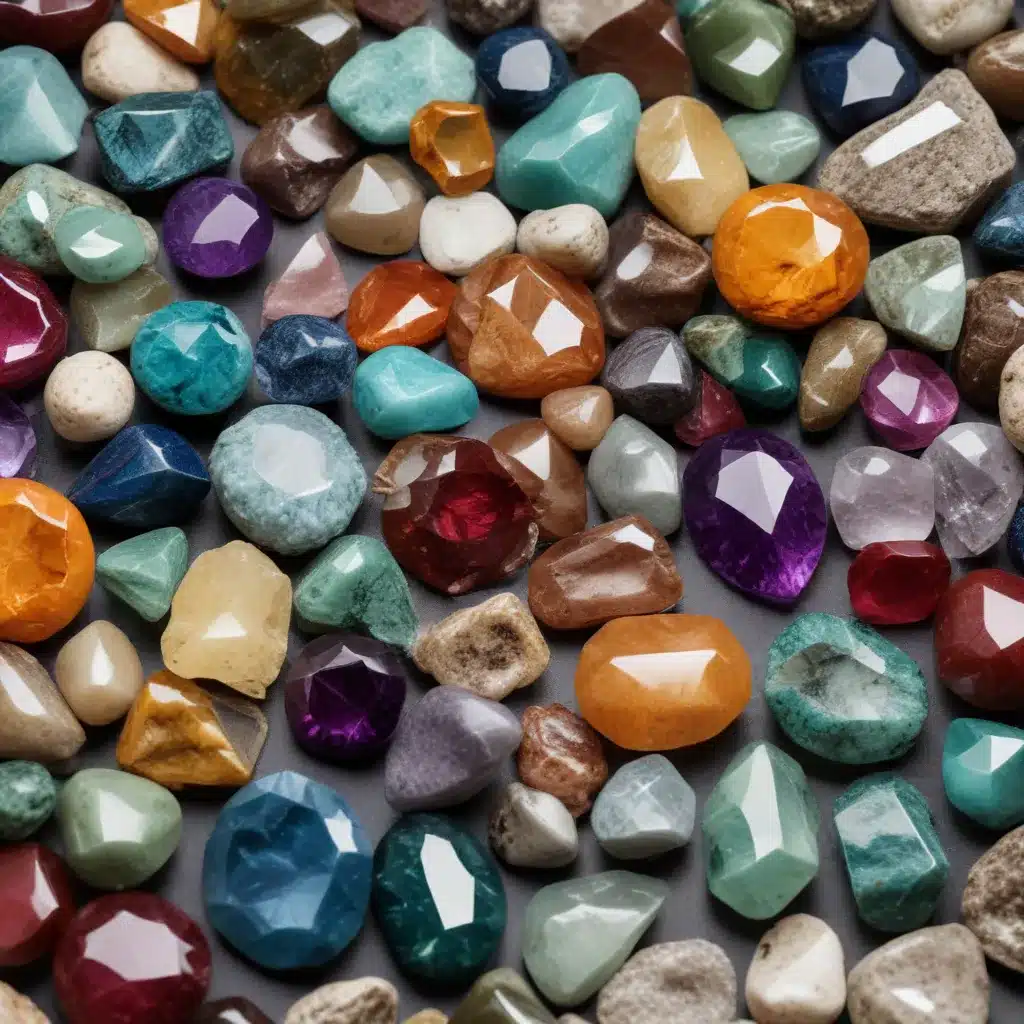
When we admire the beauty of gemstones, we often overlook the incredible resilience that lies beneath their shimmering surfaces. Gemstone hardness is a fundamental property that dictates a stone’s durability, wearability, and ultimately, its value. As a gem and jewelry expert writing for Shelby Gem Factory, let’s delve into the nuances of hardness and explore how this critical characteristic shapes the world of fine jewelry.
Hardness Scales and Gemstone Classification
The most well-known measure of gemstone hardness is the Mohs Hardness Scale, developed by the renowned mineralogist Friedrich Mohs. This scale ranks minerals from 1 (softest) to 10 (hardest), with diamonds occupying the top spot. While the Mohs scale provides a general idea of a gem’s resistance to scratching, the Knoop Hardness Scale offers a more precise quantitative measurement, particularly for harder stones.
Gemstones can be broadly classified into three categories based on their hardness: soft (1-5 on Mohs), medium (5-8), and hard (8-10). This distinction is crucial when considering a gemstone’s suitability for various jewelry applications, as well as its susceptibility to damage during wear and tear.
Factors Influencing Gemstone Hardness
The hardness of a gemstone is primarily determined by its crystal structure and chemical composition. Gems with tightly-bonded, well-organized crystal lattices, such as diamonds and moissanite, tend to be the hardest. Conversely, gemstones with more open or irregular crystal structures, like beryl (aquamarine) or topaz, are generally softer.
The presence of certain elements in a gem’s chemical makeup can also impact its hardness. For example, the incorporation of aluminum (Al) or silicon (Si) atoms can increase a gemstone’s resistance to scratching and abrasion.
Additionally, various gemstone treatments, such as heat processing or irradiation, can alter a stone’s hardness, either enhancing or diminishing it depending on the specific technique employed.
Hardness and Gemstone Properties
The hardness of a gemstone directly influences its durability, wearability, and susceptibility to damage. Harder gems are less prone to scratches, chips, or fractures during everyday wear, making them ideal for rings, bracelets, and other high-contact jewelry pieces. Softer stones, on the other hand, may require more cautious handling and specialized settings to protect them from harm.
Understanding the hardness of a gemstone is crucial when designing and selecting jewelry, as it helps ensure the piece will withstand the demands of regular use without compromising its aesthetic.
Applications of Hardness Knowledge
Jewelers and designers rely on their understanding of gemstone hardness to make informed decisions about jewelry design, gemstone selection, and gemstone care and maintenance. Hardness is a key factor in determining the appropriate setting, mounting, and cutting techniques for a particular gem to enhance its beauty and longevity.
Consumers, too, benefit from being aware of a stone’s hardness, as it allows them to make more informed choices about the pieces they purchase and how to best care for their treasured gems.
Hardness Variations within Gemstone Species
Even within a single gemstone species, variations in hardness can occur due to differences in color, clarity, and geographic origin. For instance, the red variety of garnet known as pyrope is generally harder than the orange-red variety, spessartine. Similarly, the deep blue sapphires from Kashmir are renowned for their superior hardness compared to their lighter-colored counterparts.
These nuances highlight the importance of understanding the specific characteristics of a gemstone, beyond just its basic species, to ensure its long-term durability and performance.
Hardness and Gemstone Value
A gemstone’s hardness is a significant factor in determining its rarity, desirability, and overall value. Rare, exceptionally hard gems like diamonds and moissanite command higher prices due to their superior durability and suitability for various jewelry applications. In contrast, softer gems may be less sought-after for certain uses, though they can still hold great beauty and value in their own right.
Market trends and consumer preferences also play a role in shaping the perceived value of a gemstone based on its hardness profile. As the demand for long-lasting, low-maintenance jewelry continues to grow, the importance of gemstone hardness is likely to remain a key consideration for both industry professionals and end-consumers.
Hardness and Gemstone Identification
Gemstone hardness can serve as a valuable tool for gemological identification, providing visual cues and offering insights into a gem’s underlying composition. Hardness testing techniques, such as the traditional scratch test, can help differentiate between similar-looking stones and identify potential treatments or enhancements.
Reputable gemological laboratories, like the Gemological Institute of America (GIA), utilize a range of advanced methods, including hardness measurement, to provide accurate and reliable gemstone identification and grading services.
Hardness and Gemstone Enhancements
The hardness of a gemstone can also be altered through various enhancement techniques, such as surface treatments, fracture filling, or the creation of synthetic counterparts. While these processes may improve a gem’s appearance or perceived value, they can also impact its durability and susceptibility to damage over time.
Understanding the role of hardness in gemstone enhancements is crucial for both industry professionals and consumers, as it allows them to make informed decisions about the long-term care and maintenance of their jewelry pieces.
In conclusion, gemstone hardness is a multifaceted property that holds immense significance in the world of fine jewelry. From influencing jewelry design and gemstone selection to shaping market trends and appraisal methods, the strength and resilience of nature’s treasures are essential considerations for Shelby Gem Factory and its discerning clientele. By exploring the nuances of hardness, we gain a deeper appreciation for the incredible diversity and enduring value of these captivating natural wonders.

